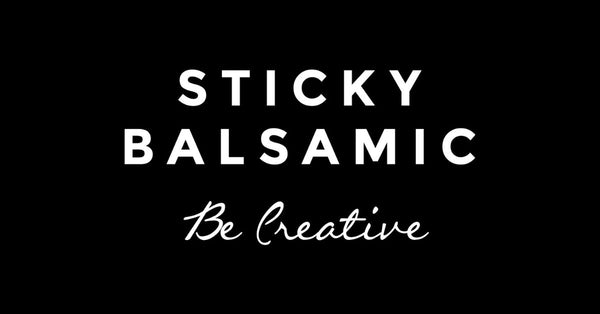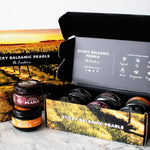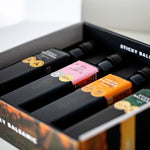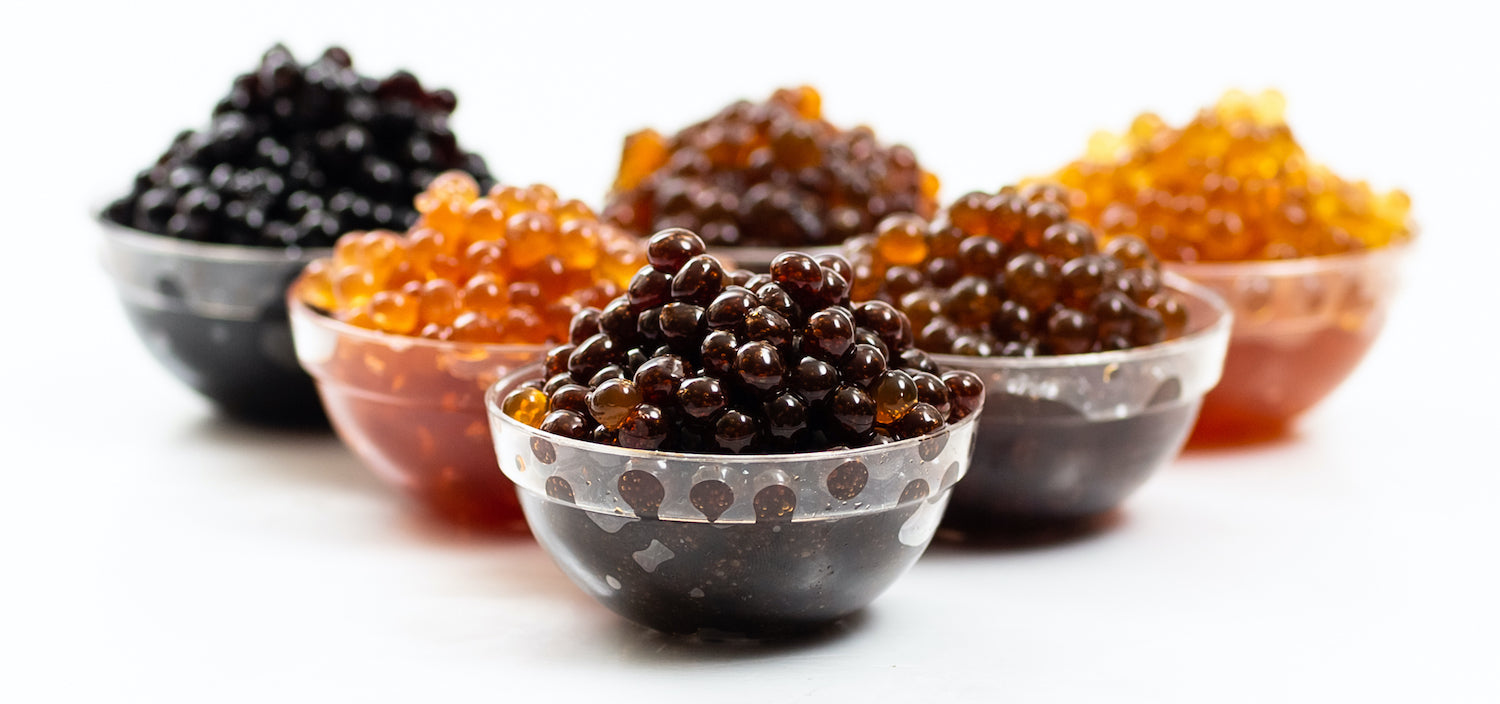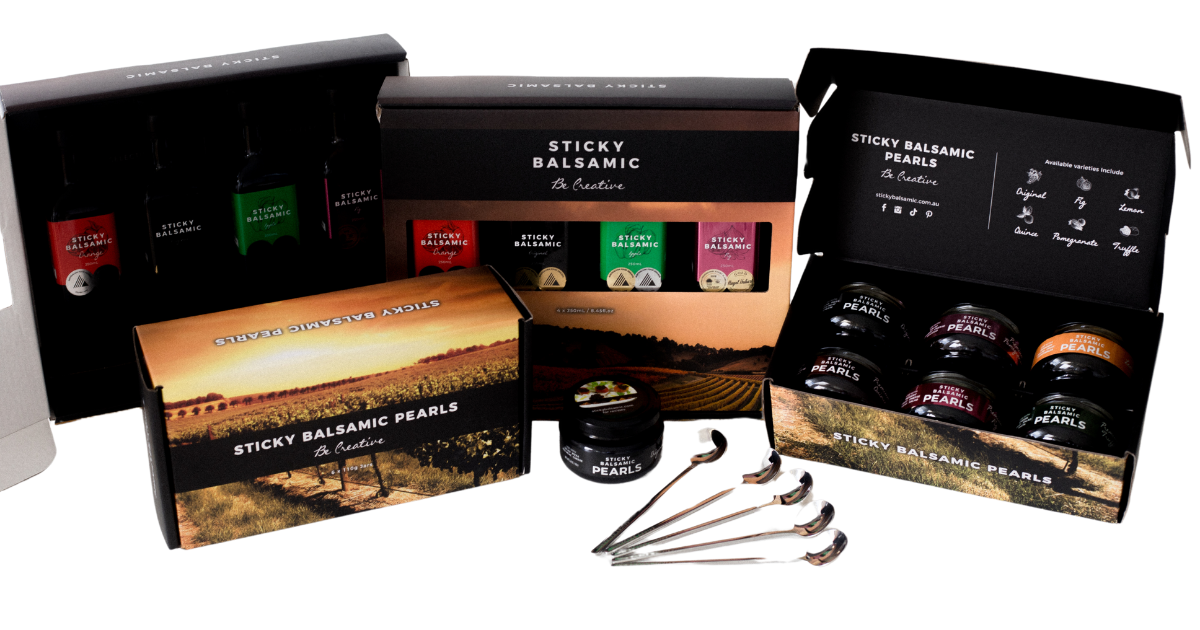Food presentation isn't just for professional chefs anymore. Whether you're hosting a dinner party or simply elevating your weeknight meals, the way you plate your food can completely transform the dining experience. These styling tips will help you master the art of food presentation with simple, practical techniques you can use right away.
Why Food Presentation Matters
We eat with our eyes first. A beautifully presented dish stimulates appetite, creates anticipation, and shows care and attention to detail. The good news? You don't need fancy equipment or culinary school training to make your food look restaurant-worthy.
1. Choose the Right Canvas
Your plate is your canvas, and size matters. Use plates that give your food room to breathe—overcrowding makes even the most delicious meal look chaotic. White or neutral-colored plates work best as they let your food's natural colors shine. As a general rule, leave about 30% of the plate empty to create visual balance.
2. Build Height and Dimension
Flat food looks flat. Create visual interest by building upward. Stack ingredients, lean components against each other, or use ring molds to create towers. This technique adds drama and makes portions appear more substantial without adding extra food.
3. Play with Color Contrast
A monochromatic plate can look dull, no matter how tasty the food. Incorporate contrasting colors to make your dish pop. Fresh herbs, colorful vegetables, or a drizzle of vibrant sauce can transform a beige plate into something Instagram-worthy. Think about the color wheel—complementary colors create the most striking presentations.
4. Master the Art of the Drizzle
Sauces shouldn't be an afterthought. A well-placed drizzle of balsamic vinegar, olive oil, or reduction adds both flavour and visual appeal. Use a squeeze bottle for precision, or practice your wrist flick with a spoon. Create dots, lines, or abstract patterns around the plate's edge. Sticky Balsamic Original or Sticky Balsamic Premium Fig work beautifully for this—their rich, glossy texture creates stunning contrast against white plates.
5. Add Texture with Garnishes
Garnishes should be edible and purposeful. Microgreens, toasted nuts, crispy shallots, or fresh herbs add texture and indicate flavour. Avoid the dated parsley sprig—choose garnishes that complement your dish's flavour profile. A sprinkle of Sticky Balsamic Pearls adds both visual intrigue and a burst of flavour that surprises and delights.
6. Use Odd Numbers
There's a reason professional chefs often plate in threes or fives. Odd numbers create visual harmony and feel more natural to the eye than even numbers. Whether it's three scallops, five asparagus spears, or seven Sticky Balsamic Lemon Pearls dotted around the plate, odd groupings simply look better.
7. Keep It Clean
The final touch that separates amateur from professional presentation is a clean plate. Before serving, use a damp cloth to wipe away any drips, smudges, or stray sauce from the plate's rim. This simple step shows attention to detail and makes your presentation look polished and intentional.
Putting It All Together
Food presentation doesn't require perfection—it requires thoughtfulness. Start with one or two techniques and build from there. The goal isn't to create museum pieces but to enhance the dining experience and show respect for the food you've prepared.
Challenge yourself to plate your next meal with intention. Choose your plate carefully, add some height, incorporate a colorful garnish, and finish with a beautiful drizzle of premium balsamic. You'll be amazed at how these simple changes elevate not just the look of your food, but the entire dining experience.
